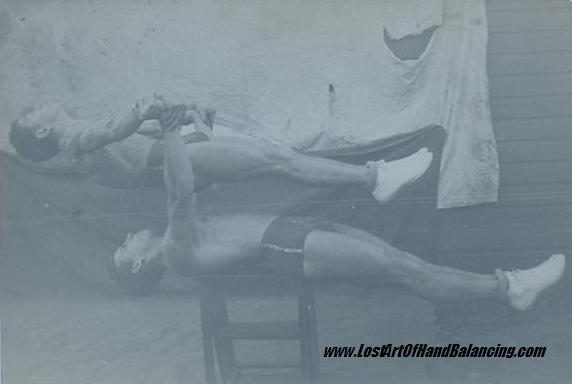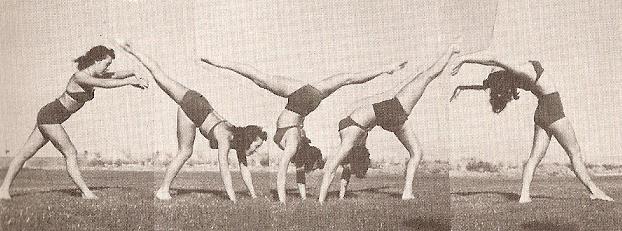I asked one of my friends, Max, who competed as a former high-level gymnast to tell me about some of the exercises and drills he and his teammates used to build the strength they required.
You can see check one video of the partner drills he showed here.
[youtube:https://www.youtube.com/watch?v=C1gHtenxGRA]
This is one of many things that he showed me on that bright, sunny day. While it’s a good one it’s not the best of the bunch.
You can do the same exercise without a partner, which is still good, though you can get more range and work a bit harder with someone’s help.
My favorite drill that Max showed me is one I’m calling the Ultimate Handstand Strengthening Exercise. This one exercise takes you through a wide range of motions and will boost your arm and shoulder strength like you wouldn’t believe.
Unfortunately, it’s a bit to complicated to get into right here.
But the full video is in this month’s Acrobat Accelerator, which you can sign up for here.
If you’re already signed up your issue hit the mail yesterday. There’s plenty of other exercises from working on the straight handstand that gymnasts use, press handstands and many more.
This is not beginner stuff, but if you’ve been in the game a little you can start using these drills to build your strength and skill.
Good Luck and Good Hand Balancing,
Logan Christopher
P.S. You can also get one of several hand balancing products that offer a one month trial to Acrobat Accelerator.







